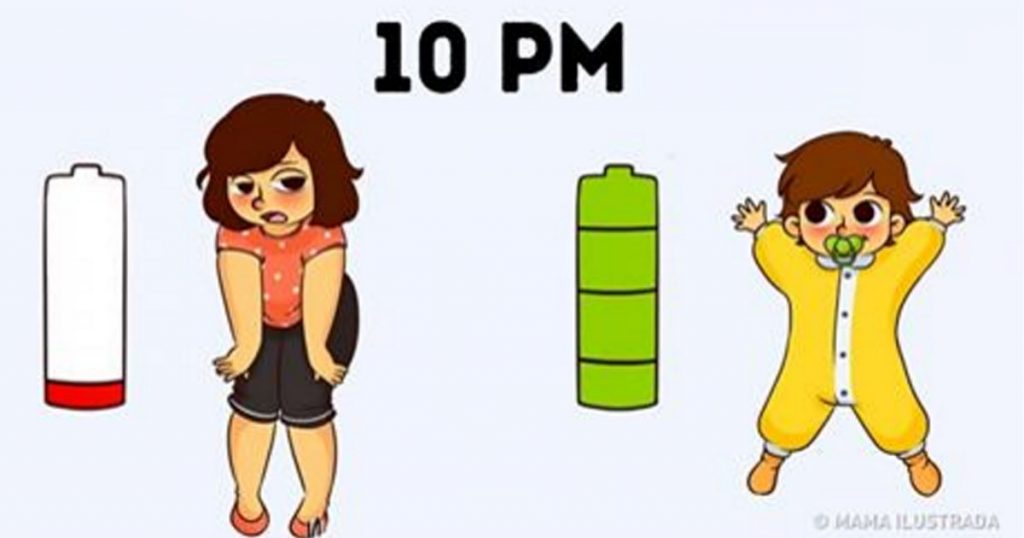Scarlet fever (also called scarlatina) is a bacterial infection that causes symptoms such as a distinct widespread skin rash and a sore throat. It’s caused by group A Streptococcus bacteria. The infection is commonly seen in children aged 5 to 15, but adults may also be affected by it. Symptoms usually aren’t severe and last about a week.
In our days, scarlet fever is rather rare. If it does occur, it can be successfully treated with antibiotics.

Symptoms of scarlet fever
It may take a few days for the infection to show its presence. Once symptoms start to show, they may include the following:
- a widespread rash that starts on the chest or abdomen and spreads to other areas;
- the rash feels like sandpaper to the touch;
- a sore throat;
- bright red cheeks that may look sunburned;
- high fever — 38.3C (101F) or above;
- swollen glands in the neck;
- headache;
- “strawberry tongue” (the tongue looks red and swollen);
- nausea, vomiting, and abdominal pain.
If you or your child has such symptoms, contact your doctor.

Treatment of scarlet fever
Scarlet fever is usually treated with antibiotics, such as penicillin or erythromycin. It is important to take the whole course of antibiotics for the treatment to be successful.
Foods that contain live bacteria can help improve the balance of your gut microflora after taking antibiotics.
Sometimes, non-prescription pain relievers (such as ibuprofen or acetaminophen) are used to relieve symptoms of the infection. Adults may take aspirin, but it shouldn’t be given to children. Ask your doctor which pain relievers can be safely taken by your child.
Self-care measures can also improve symptoms. The following may help:
- drinking plenty of fluids, especially warm teas;
- eating soft foods if swallowing is difficult;
- sucking on lozenges (strictly for children aged 4 and older);
- using a humidifier to relieve sore throat;
- gargling the throat with salt water.

How to prevent the infection from spreading.
Scarlet fever is contagious, and the following measures can help stop the spread of the infection:
- regularly washing hands with soap and warm water, especially before cooking, before eating, and after using the bathroom;
- covering the mouth or nose when coughing or sneezing with a disposable tissue and throwing it away right after using;
- not sharing glasses, utensils, and other things that may have the infected person’s saliva on them;
- staying home from work or making your child stay home from school or daycare until fever is gone and 24 hours have passed since you (or your child) have started taking antibiotics.






